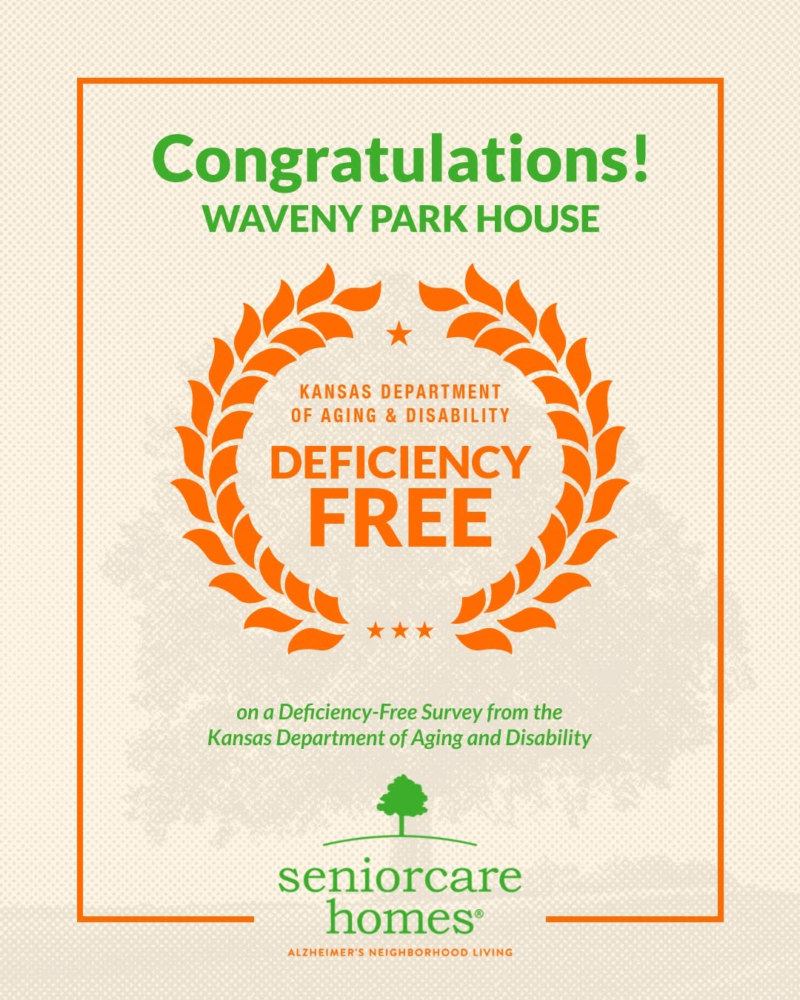The Nursing Home is Back: 5 Reasons for this unpopular comeback
Seniors had options, now the old school nursing home may be the only place to find higher level care beds that are available and capable. Images of hard tile floors and sterile white walls conjure up bad memories of what senior living had to offer in the distant past. Over the last decade, these antiquated “rest homes” have been creatively replaced with cruise ship-like assisted living and memory care communities offering more resident centered care and cozy living spaces. Over 30,600 assisted living facilities exist in the United States, with nearly 1.2 million licensed beds available, according to the National Center for Assisted Living (NCAL) in 2023.

The Shift Towards Memory Care
The new senior living builds have focused on Memory Care specific communities in hopes of welcoming higher care seniors from Assisted Living with the promise that they can age in place without the need for a move downstream to the nursing home. This bet may not be paying off. As the industry navigated COVID and wobbled to regain stability in staffing and resident census, there have been aspects of care which are permanently changed. The desire to stay at home as long as possible means that resident needs are greater on admission causing operational pivots across all senior living care types, especially memory care. This increased burden of care has made it harder to consistently provide adequate time and attention to every resident on a consistent basis. Working short and with agency staff has increased ownership liability for ownership groups. How can a memory care resident needing a lift for transfers no longer be welcome to stay and asked to move to a skilled nursing care level?
Rebirth of the Traditional Nursing Home
As senior living owners scramble to pivot and staff, we are unknowingly rebirthing the old school nursing home to house seniors who require assistive care with transfers, behaviors, or other medical needs around the clock. This is not optimal and the result of a multitude of factors which have started to impact life across the United States.
The Caregiver Crisis and Its Impact
Over the 24 months of COVID, those looking to enter the world of caregiving found it nearly impossible to get certified and enter the field. Given ever increasing demand, slowing down the pipeline of incoming caregivers seeking to get into the game had grave consequences. Similarly, many veteran caregivers with long tenured roles did some soul searching and decided to exit the industry and find employment in other less stressful lines of work. Recruiting has picked back up, but wages have risen to a national average of $19.49 for caregivers in the US. The need for more caregivers per resident coupled with rising costs has made it extremely hard to avoid higher cost agency staffing often at the detriment of care quality.
The Quandary of Senior Living Communities
Increasing resident needs are at the center of a quandary facing the senior living communities across the country. How can labor shortages and increased wages be overcome to drive care quality into our Assisted and Memory Care level communities ultimately remains to be seen. For now, the solution appears to be a push towards the nursing home where Skilled and LTC beds have become the stop gap solution. This nursing home resurgence is not positive for residents and must be avoided if at all possible.










